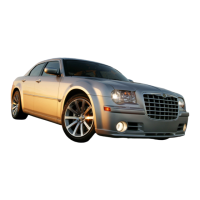
Do you have a question about the Chrysler 2007 300 SRT8 and is the answer not in the manual?
| Brand | Chrysler |
|---|---|
| Model | 2007 300 SRT8 |
| Category | Automobile |
| Language | English |
Basic overview of the manual's purpose and contents.
Guidance on navigating the owner's manual for efficient information retrieval.
Critical safety advisories and operational precautions to prevent injury or damage.
Information on locating and understanding the VIN for vehicle identification.
Guidelines and warnings regarding modifications to the vehicle's structure and safety.
Details on vehicle keys, Sentry Key system, and keyless entry operation.
Instructions for using the remote transmitter to lock/unlock doors and trunk.
Explanation of manual and power door lock operation and features.
Information on power windows, auto-down, and anti-pinch features.
Details on the vehicle's restraint systems, including seat belts and airbags.
Explanation of front, side, and curtain airbags and their components.
Guidelines for selecting and installing child safety seats.
Information on inside and outside mirror adjustments and features.
Overview of the UConnect™ system for voice-activated communication.
Details on power seats, reclining, lumbar support, and heated seat functions.
Operation of headlight switch, automatic headlights, and fog lights.
Instructions for using wipers, washers, and intermittent settings.
How to adjust the steering column for optimal driving position.
Instructions for adjusting the driver's pedals for comfort.
Operation of the cruise control system for maintaining speed.
Description of the system that detects obstacles behind the vehicle.
Instructions for programming the HomeLink system to operate garage doors.
Operation of the power sunroof, including express and pinch protect features.
Information on vehicle power outlets and their usage with engine off.
Details on console features, cargo area, and load management.
Overview of the main instrument panel and its controls.
Explanation of various indicator lights and gauges on the instrument cluster.
Features and display functions of the EVIC system.
Information on trip computers, average fuel economy, and distance to empty.
Instructions for using and calibrating the vehicle's compass.
Details on radio signal types, reception, and electrical interference.
Overview of the air conditioning and heating system.
How the automatic climate control system maintains cabin temperature.
Essential steps and safety precautions before starting the vehicle.
Information on automatic transmission operation and gear selection.
Guidelines for safe driving on wet, icy, or slushy roads.
Proper application and release of the parking brake.
Overview of the vehicle's hydraulic and anti-lock brake systems.
Explanation of how ABS enhances stability and performance during braking.
Description of integrated systems like ABS, TCS, BAS, and ESP.
Information on the TPMS, warnings, and tire pressure checks.
Essential details on tire safety, pressure, and general information.
Instructions for activating hazard warning flashers when the vehicle is disabled.
Steps to take if the vehicle's engine begins to overheat.
Procedure for using the TIREFIT system to seal tire punctures.
Step-by-step guide for safely jump-starting a vehicle with a dead battery.
Techniques for safely rocking a vehicle stuck in mud, sand, or snow.
Guidelines for towing a vehicle with or without the ignition key.
Identification of key components in the engine compartment.
Explanation of the OBD II system and malfunction indicator light.
Overview of required and recommended maintenance services.
Checking engine oil level, selection, and change intervals.
Importance of exhaust system maintenance for carbon monoxide prevention.
Information on coolant checks, system maintenance, and capacity.
Guidance on brake system inspection, hoses, and fluid level checks.
Recommendations for washing, waxing, and protecting the vehicle's exterior.
Location and identification of front and rear fuse box components.
Steps to take for protecting the vehicle's battery during long-term storage.
Guide to interior and exterior bulb types and replacement.
Scheduled services for maintaining the emission control system's function.
Overview of the two required maintenance schedules for the vehicle.
Maintenance tasks for vehicles operated under severe conditions.
Maintenance tasks for vehicles operated under normal conditions.
Tips for preparing for and interacting during vehicle service appointments.
Reference to the warranty booklet for terms and provisions.
Information on the availability and benefits of Mopar parts.
Procedure for reporting vehicle safety defects to NHTSA and the manufacturer.
Explanation of tire grading categories: Treadwear, Traction, and Temperature.
Description of the treadwear grade as a comparative rating of tire wear.
Explanation of tire traction grades (AA, A, B, C) for stopping on wet pavement.
Explanation of tire temperature grades (A, B, C) for heat resistance.

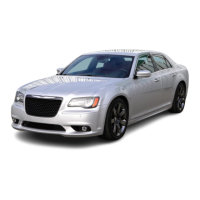


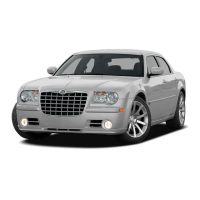
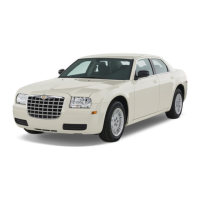
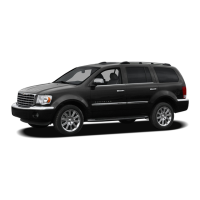
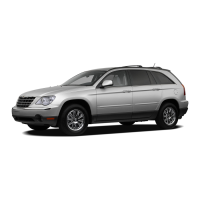
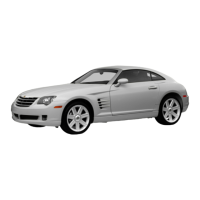

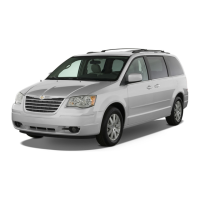
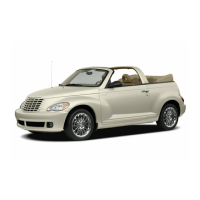
